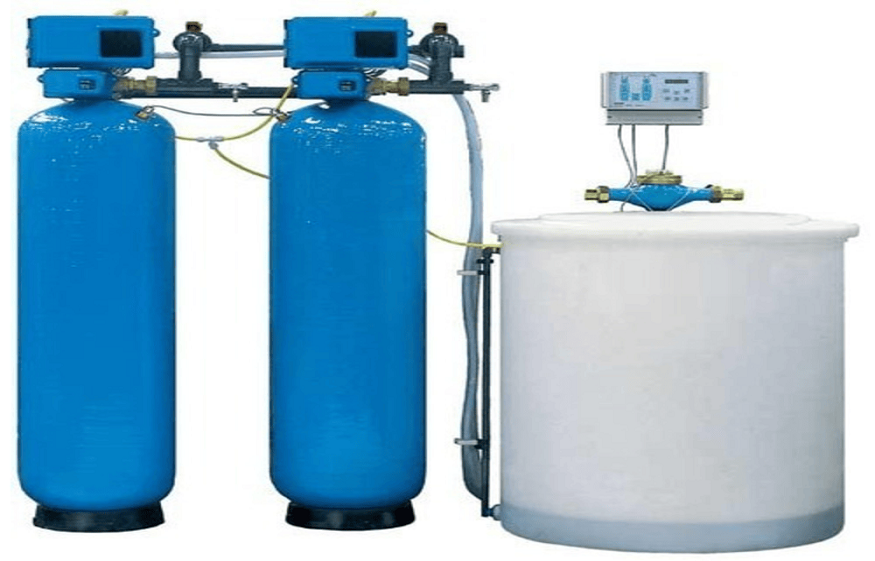If you’ve decided to invest in a water softener, you’re already on the right path to protecting your home from hard water damage. A good water softener helps prevent scaling, keeps your appliances efficient, and ensures that your plumbing and bathroom fixtures stay clean and spot-free. But before you install one, a little planning can go a long way toward ensuring it works effectively.
1. Choose the Right Location
Start by finding a suitable place for installation. The best spot is usually close to the main water supply line so that all the water entering your home gets treated. Make sure there’s enough space around the unit for easy maintenance and refilling of the salt tank. It’s also helpful to place it near a drain for backwashing and close to an electrical outlet for the control system.
2. Check Your Water Pressure
Before installing a water softener, check your home’s water pressure. If the pressure is too low, the system might not work efficiently; if it’s too high, it could damage the unit. You can simply ask a plumber to help if you’re unsure.
3. Test the Water Hardness
Every home has different levels of water hardness. Testing your water helps you understand the amount of minerals it contains and lets you adjust your softener’s settings accordingly. Setting the system correctly ensures you get consistent soft water without wasting salt or water.
4. Plan the Plumbing Connections
Proper plumbing connections are essential for smooth operation. The softener should be installed in a way that allows water to flow through it before it reaches your taps, geysers, or washing machines. Always include a bypass valve so that you can easily disconnect the system when you need to service it without shutting off your home’s entire water supply.
5. Ensure Proper Drainage
During the regeneration cycle, the water softener flushes out minerals and excess salt. To handle this process efficiently, you’ll need a reliable drain line. Make sure the drain hose is securely connected and positioned to prevent backflow. Avoid routing it too far from the softener, as it can affect performance.
6. Keep Maintenance in Mind
Routine maintenance helps your water softener perform at its best. Refill the salt tank regularly, check for salt bridges, and clean the resin bed as recommended by the manufacturer. Choosing a reliable model makes this process easier, as it’s designed for long-term durability and efficient softening performance.
7. Get Professional Assistance
Hiring a certified technician ensures your system is set up correctly. They can also check your home’s plumbing layout and recommend the best configuration for maximum efficiency.
Conclusion
Installing a water softener is a smart decision for any home dealing with hard water issues. With a few thoughtful steps and proper installation, you can enjoy softer water, lower energy bills, and longer-lasting appliances. Investing in a dependable system ensures you get lasting protection and better water quality for your entire home.

